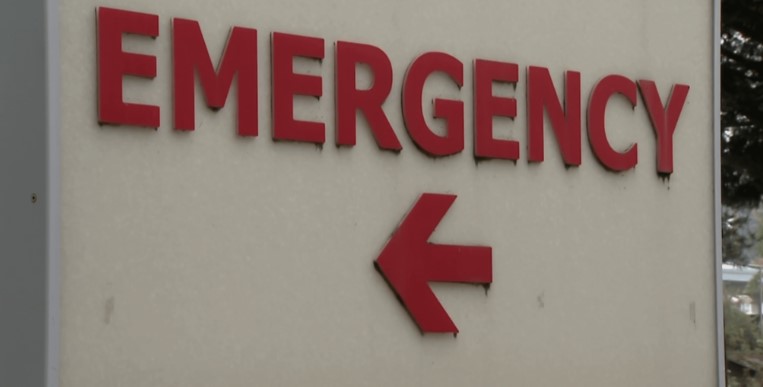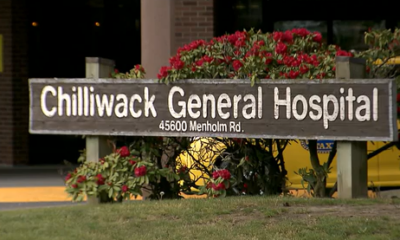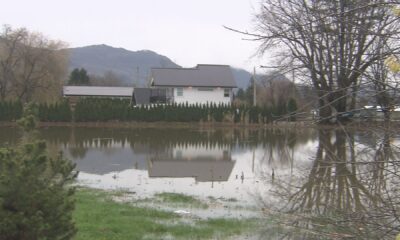Local News
Hospitals across B.C. deal with multiple ER closures

Emergency room closures continued to be an issue on and off in B.C. this year amidst a doctor and nursing shortage across Canada.
It was especially difficult for rural areas.
Interior Health was one of the hardest hit health authorities, with over 120 temporary closures recorded this year.
This left healthcare advocacy groups sounding the alarm.
“We have emergency rooms placed strategically in order to cover populations, and when any emergency department is closed for any period of time, it poses a safety and health concern for all the residents in that community,” said Paul Adams with the BC Rural Health Network.
“Long weekend closures magnify the crisis due to patients getting redirected to places like Kamloops, which put additional strain on that system.”
For remote communities, finding an available ER could involve commuting an extra two to four hours. That inconvenience was particularly felt by B.C.’s paramedics, said Ian Tait, communications director of the Ambulance Paramedics of BC union.
Tait told 1130 NewsRadio earlier this year that paramedics regularly work on their days off and are at risk of burning out.
One of the hardest hit communities was Merritt, with its hospital seeing 18 closures this year — just one shy of last year’s total.
Health authorities across B.C. have the potential to utilize a system called the Alternative Payments Program (APP), which sees most doctors in the province charging their fees back to their hospitals. This allows for more predictable income for doctors, especially in situations where the fee-for-service model doesn’t provide an adequate salary. For the last 18 months, Merritt Mayor Mike Goetz says he’s been trying to get his community on board with APP. It’s now available moving forward.
Despite a difficult year, Goetz says he had a good conversation with Minister of Health Josie Osborne about a plan, something he feels was lacking from the last ministry.
“The minister is now aware that we are offering housing for doctors and nurses that want to put their time here,” he said.
“Now that we have a new minister, she’s rural, she’s been a past mayor in a smaller community, so she’s aware of the struggles.”
In the southwest part of the province, residents in Lillooet were also no strangers to temporary ER closures. The Union of BC Municipalities convention in September provided an opportunity for leaders to discuss the situation with other affected communities.
Mayor Laurie Hopfl, who spearheaded this idea, says she spoke with 15 other mayors on what is and isn’t working with the goal of forming a rural leaders network.
That was one of the key issues for Goetz too.
“We also talked to the minister about the new group that’s been formed by the mayors affected and expect to have our first meeting in January,” he said.
“She’s looking forward to working with us on that.”
The issue isn’t isolated to the Interior. Northern B.C. was also plagued by temporary ER closures in places like Fort St. John. Even some hospitals in the Lower Mainland — including Mission Memorial Hospital — saw disruptions.
In many cases, emergency rooms across B.C. have closed for overnights, reopening the following morning. However, there have also been day-long closures during more critical times.












